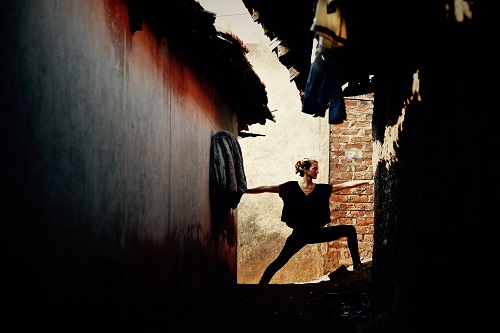Yoga, as you surely know, has its origins in ancient India.
To truly understand the essence of its beginnings, we must delve into the rich tradition of Vedic oral teachings.
We will explore the deeply rooted relationship between the Vedic oral tradition and the birth of yoga in India.
We will focus on how ancient teachings shaped this transformative practice.
The Vedic oral tradition refers to the transmission of knowledge through oral recitation and memorization.
We will go back to past times, prior to the advent of written texts.
The sacred knowledge of the Vedas was passed down from generation to generation through precise recitation and memorization.
This oral tradition preserved the ancient wisdom and spiritual insights of the Vedic sages.

Vedic Hymns and Yogic Concepts:
Within the Vedic scriptures, the hymns known as mantras contain subtle references to yogic concepts.
The Rig Veda: the oldest of the Vedas.
It includes hymns that emphasize the power of breath control, meditation, and spiritual union.
These hymns allude to the fundamental principles that form the basis of yoga.
They lead towards a deep understanding of the mind-body connection and the search for spiritual harmony.
Yoga and Sacrifice Rituals:
The Vedic tradition was deeply intertwined with elaborate sacrificial rituals known as yajnas.
These rituals involved precise movements, breath control, and deep focus, similar to yogic practices.
The yajnas sought to establish a connection between the human and divine realms.
Thus laying the foundations for the unification of the body, mind and spirit, an essential aspect of yoga.
Philosophical bases:
The philosophical texts known as Upanishads, which grew out of the Vedic tradition, further expanded the spiritual dimensions of yoga.
The Upanishads explored concepts like Brahman and Atman, emphasizing self-realization and the path to enlightenment.
These teachings provided the philosophical framework for the integration of physical postures, meditation, and ethical principles of yoga.
Continuing Influence and Evolution:
It is true that specific yoga practices and techniques were refined and systematized in later texts such as Patanjali’s Yoga Sutras.
But we must not forget that the Vedic oral tradition laid the foundation for the integration of Yogic principles.
Wisdom passed down through the centuries influenced the development of yoga.
Establishing itself as a comprehensive practice aimed at achieving physical health, mental clarity and spiritual awakening.


